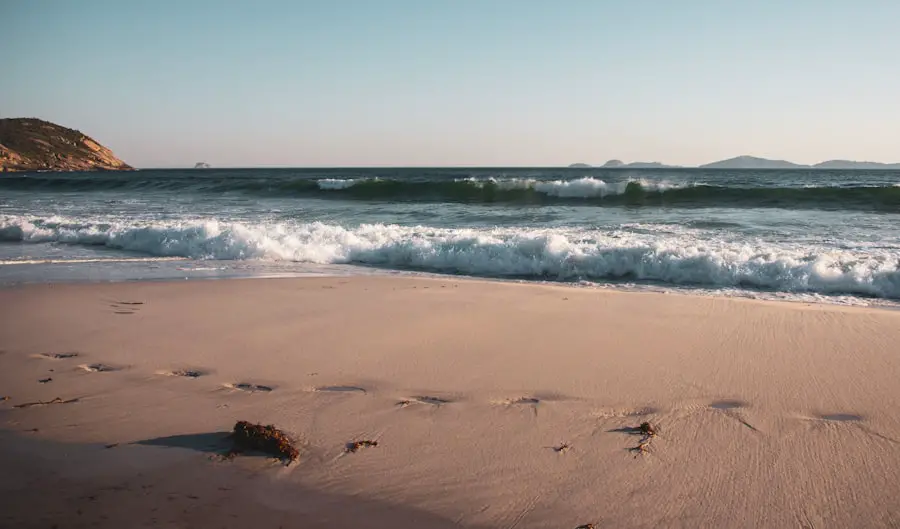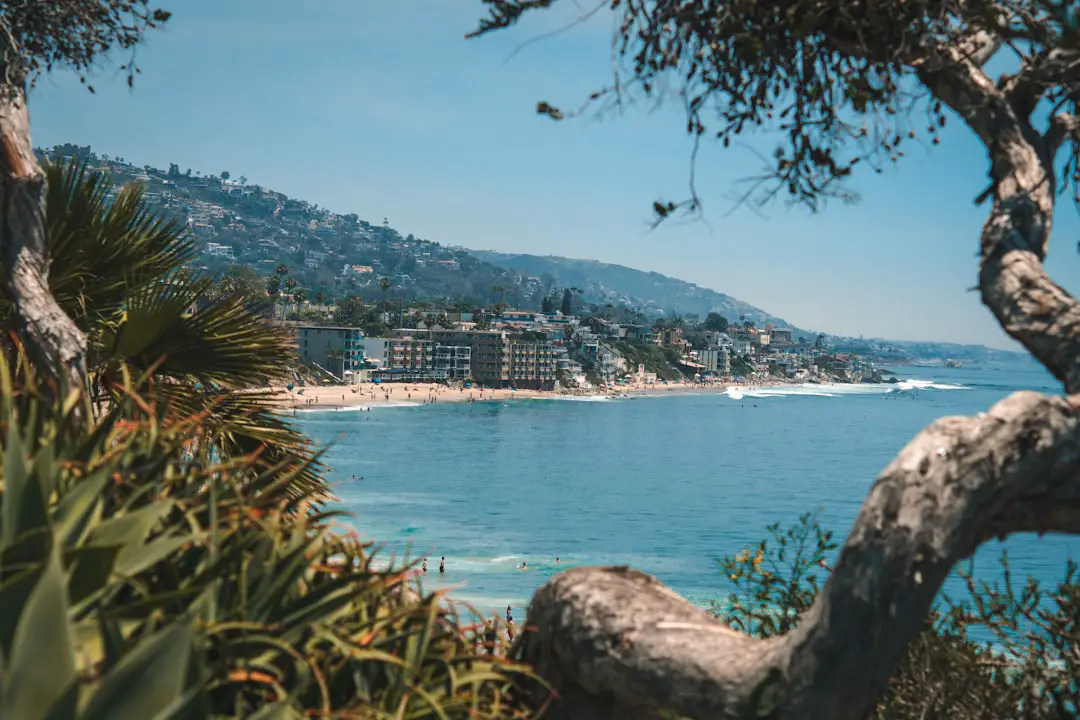Jamaica, an island nation in the Caribbean, boasts a tropical climate characterized by warm temperatures and distinct wet and dry seasons. The average temperature typically hovers between 77°F (25°C) and 88°F (31°C) throughout the year, making it an appealing destination for sun-seekers. The island’s geographical features, including mountains and coastal plains, contribute to microclimates that can vary significantly from one region to another.
For instance, the coastal areas tend to be more humid, while the mountainous regions experience cooler temperatures and increased rainfall. Rainfall in Jamaica is primarily influenced by the trade winds, which bring moisture from the Atlantic Ocean. The wet season generally spans from May to November, with the peak of rainfall occurring between August and October.
This period coincides with the Atlantic hurricane season, which can occasionally impact the island. Conversely, the dry season runs from December to April, offering visitors a more stable weather pattern ideal for outdoor activities and exploration. Understanding these climatic nuances is essential for travelers looking to optimize their experience on this vibrant island.
Traveling to Jamaica can be a delightful experience, but timing your visit is crucial for maximizing enjoyment and minimizing costs. The peak tourist season typically occurs from mid-December to mid-April, coinciding with winter in North America and Europe.
Popular tourist spots like Montego Bay, Negril, and Ocho Rios can become crowded, making it essential for visitors to plan ahead if they wish to secure reservations at sought-after hotels or restaurants. In contrast, the off-season, which runs from mid-April to mid-December, offers a different experience altogether. While the weather remains warm and inviting, fewer tourists mean lower prices and a more relaxed atmosphere.
This period is particularly appealing for budget-conscious travelers who are willing to embrace the occasional rain shower in exchange for significant savings on flights and accommodations. Additionally, visiting during the off-season allows for a more intimate experience with local culture and attractions, as travelers can engage more deeply with residents and explore less crowded sites.
Key Takeaways
- Jamaica has a tropical climate with warm temperatures year-round and a wet season from May to October.
- Peak season in Jamaica is from December to April, while the off-season is from May to November.
- Weather patterns in Jamaica include occasional hurricanes and heavy rainfall during the wet season.
- The best time for outdoor activities in Jamaica is during the dry season from December to April.
- Special events and festivals in Jamaica, such as Carnival and Reggae Sumfest, are popular during the summer months.
Weather Patterns Throughout the Year
Jamaica’s weather patterns are influenced by its tropical climate, which results in warm temperatures year-round but varying precipitation levels. January and February are typically the coolest months, with average temperatures ranging from 70°F (21°C) at night to 82°F (28°C) during the day. These months are characterized by low humidity and minimal rainfall, making them ideal for beach activities and sightseeing.
As spring approaches in March and April, temperatures begin to rise slightly, but conditions remain pleasant for outdoor adventures. The onset of the wet season in May brings increased humidity and rainfall, particularly in June and July. While showers can be frequent during this time, they often occur in short bursts followed by sunshine.
This pattern allows for enjoyable afternoons on the beach or exploring local attractions after a refreshing rain. August marks the peak of hurricane season, with heightened risks of storms; however, many travelers still visit during this time due to lower prices. As September transitions into October, rainfall begins to taper off, leading into a more stable climate as the dry season approaches once again in November.
Best Time for Outdoor Activities

For those eager to explore Jamaica’s stunning natural beauty through outdoor activities, timing is key. The dry season from December to April is generally regarded as the best time for hiking, snorkeling, and other outdoor pursuits. The weather during these months is characterized by clear skies and comfortable temperatures, making it perfect for adventures such as climbing the famous Dunn’s River Falls or hiking in the Blue Mountains.
The lush landscapes are vibrant during this period, providing breathtaking views that enhance any outdoor experience. However, outdoor enthusiasts should not overlook the off-season months of May through November. While there may be occasional rain showers, many activities can still be enjoyed without interruption.
For example, snorkeling at popular spots like Doctor’s Cave Beach or exploring the underwater world at Negril’s coral reefs can be just as rewarding during this time. Additionally, the cooler temperatures in the evenings provide a pleasant atmosphere for nighttime excursions or beach bonfires. Travelers should remain flexible with their plans and be prepared for sudden weather changes while still enjoying Jamaica’s diverse outdoor offerings.
Special Events and Festivals
Jamaica’s rich cultural heritage is celebrated through various festivals and events throughout the year, providing visitors with unique opportunities to immerse themselves in local traditions. One of the most significant events is Reggae Month in February, which honors Jamaica’s iconic music genre with concerts, street parties, and cultural exhibitions across the island. This month-long celebration attracts both locals and tourists eager to experience live performances from renowned reggae artists as well as emerging talents.
Another notable event is Independence Day on August 6th, when Jamaicans celebrate their freedom from British colonial rule with parades, music festivals, and fireworks displays. This vibrant celebration showcases traditional Jamaican culture through dance performances, food stalls offering local delicacies like jerk chicken and festival dumplings, and art exhibitions that highlight the island’s creative spirit. Participating in these events not only enriches a traveler’s experience but also fosters a deeper understanding of Jamaica’s history and cultural identity.
Budget-Friendly Travel Times
For travelers looking to explore Jamaica without breaking the bank, timing their visit during budget-friendly periods can yield significant savings. The off-season months from mid-April to mid-December are ideal for those seeking lower prices on flights and accommodations. During this time, many hotels offer enticing discounts or special packages to attract visitors who are willing to embrace a less crowded experience.
Additionally, traveling during weekdays rather than weekends can further reduce costs. Many resorts and airlines offer lower rates for mid-week stays compared to weekend bookings when demand is higher. By being flexible with travel dates and considering alternative airports or routes, budget-conscious travelers can find great deals that allow them to enjoy Jamaica’s beauty without overspending.
Tips for Avoiding Crowds

To make the most of a trip to Jamaica while avoiding crowds, strategic planning is essential. One effective approach is to visit popular attractions during off-peak hours. For instance, many tourists flock to sites like Dunn’s River Falls early in the morning or late in the afternoon; therefore, visiting during midday can provide a more serene experience.
Similarly, exploring local markets or beaches during weekdays rather than weekends can help travelers enjoy a more relaxed atmosphere. Another tip is to venture beyond well-known tourist hotspots. While places like Montego Bay and Negril are undoubtedly beautiful, exploring lesser-known areas such as Treasure Beach or Port Antonio can offer a more authentic Jamaican experience without the throngs of tourists.
Engaging with local communities through guided tours or cultural experiences can also provide insights into daily life on the island while allowing travelers to connect with residents away from crowded tourist areas.
Making the Most of Your Trip
To truly maximize a visit to Jamaica, travelers should embrace both planned activities and spontaneous adventures. While it’s essential to create an itinerary that includes must-see attractions such as Bob Marley Museum or Blue Hole Waterfall, leaving room for flexibility can lead to unexpected discoveries. Engaging with locals can provide valuable recommendations for hidden gems that may not be found in guidebooks.
Additionally, immersing oneself in Jamaican culture through culinary experiences can enhance any trip. Sampling local dishes at roadside food stalls or participating in cooking classes can offer a deeper appreciation for Jamaica’s rich culinary heritage. Whether it’s savoring authentic jerk chicken or indulging in fresh seafood caught that day, these experiences create lasting memories that go beyond typical tourist activities.
By understanding Jamaica’s climate and seasonal patterns while strategically planning travel dates and activities, visitors can enjoy a fulfilling experience on this enchanting island paradise.
When planning the best time to travel to Jamaica, it’s important to consider all aspects of your trip, including comfort during long flights. One helpful article to check out is “Discover the 5 Best Travel Pillows for Long Flights This Spring”. This article provides valuable information on how to stay comfortable during your journey to Jamaica.
